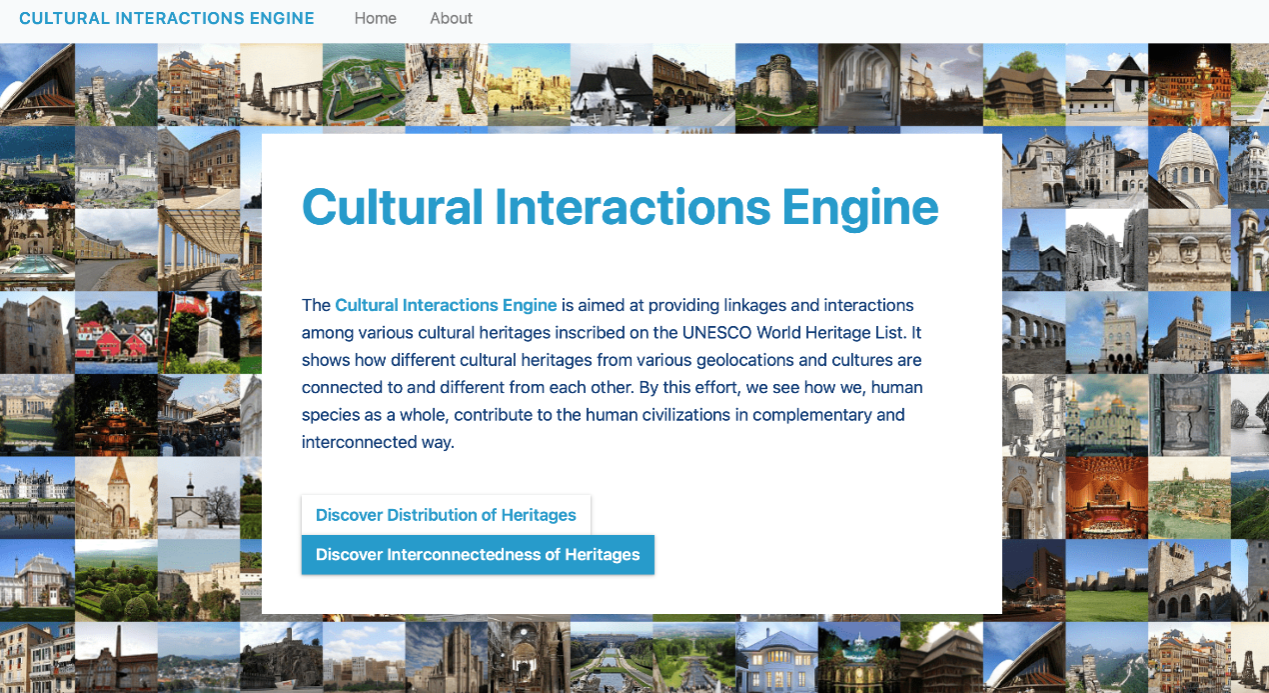BEIJING, June 30 (Xinhua) -- "The Cultural Interactions Engine has not only provided me with a whole new way to explore culture, but also made me realize the significance of cultural exchange and mutual learning. I'm now more captivated by and passionate about world cultural heritage, and I'm also eager to explore and understand civilizations and cultures around the world," said a Pakistani exchange student studying in China. At that time, he was comparing China's Summer Palace and Austria's Schönbrunn Palace with great interest on the website.
The Cultural Interactions Engine mentioned by this student is a platform jointly created by the Center for Long-term Artificial Intelligence and the International Research Center for AI Ethics and Governance under the Institute of Automation, Chinese Academy of Sciences. Through AI technology, the platform analyzes and compares various cultural heritages on the UNESCO World Heritage List, revealing their linkages and interactions and showcasing the commonality and diversity of human civilizations. The engine has attracted users from 84 countries across five continents and provided a new paradigm for the protection and inheritance of world cultural heritage.
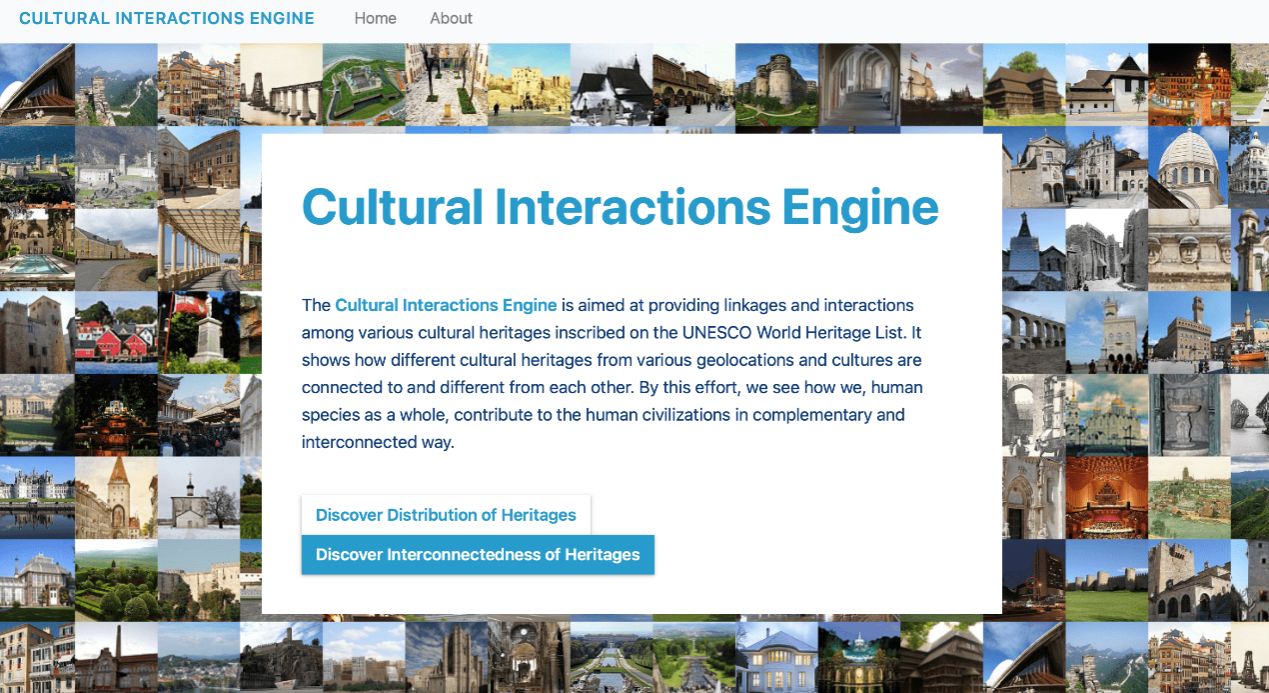
The photo shows a web page of the Cultural Interactions Engine. (Provided by the Center for Long-term Artificial Intelligence)
Harnessing AI to Promote and Protect Global Cultural Diversity
World Heritage sites scatter like twinkling stars across the globe, each with its own unique character and charm. But are these sites connected? How can we uncover the hidden links that bind them together?
"By delving into the interconnection and characteristics of diverse cultural heritage sites, we can gain a deeper understanding of the commonalities that transcend cultures," said Zeng Yi, chief scientist of the Cultural Interactions Engine, founding director of the Center for Long-term Artificial Intelligence, and expert at the UN High Level Advisory Body on AI. "This deeper understanding fosters understanding, inclusion and respect for cultural diversity, not only reducing cultural biases but also promoting harmonious coexistence among global cultures."
Undoubtedly, the Cultural Interactions Engine is an AI system advancing and protecting cultural diversity. Leveraging AI semantic analysis techniques, it generates interactive visual graphs, vividly showcasing the diversity and interconnection of World Heritage sites. Heritage sites sharing similar or related cultural descriptions are drawn closer together, forming densely connected nodes that weave a tapestry of global cultural heritage. Additionally, the platform employs AI-powered language models to automatically analyze World Heritage sites in 25 dimensions.
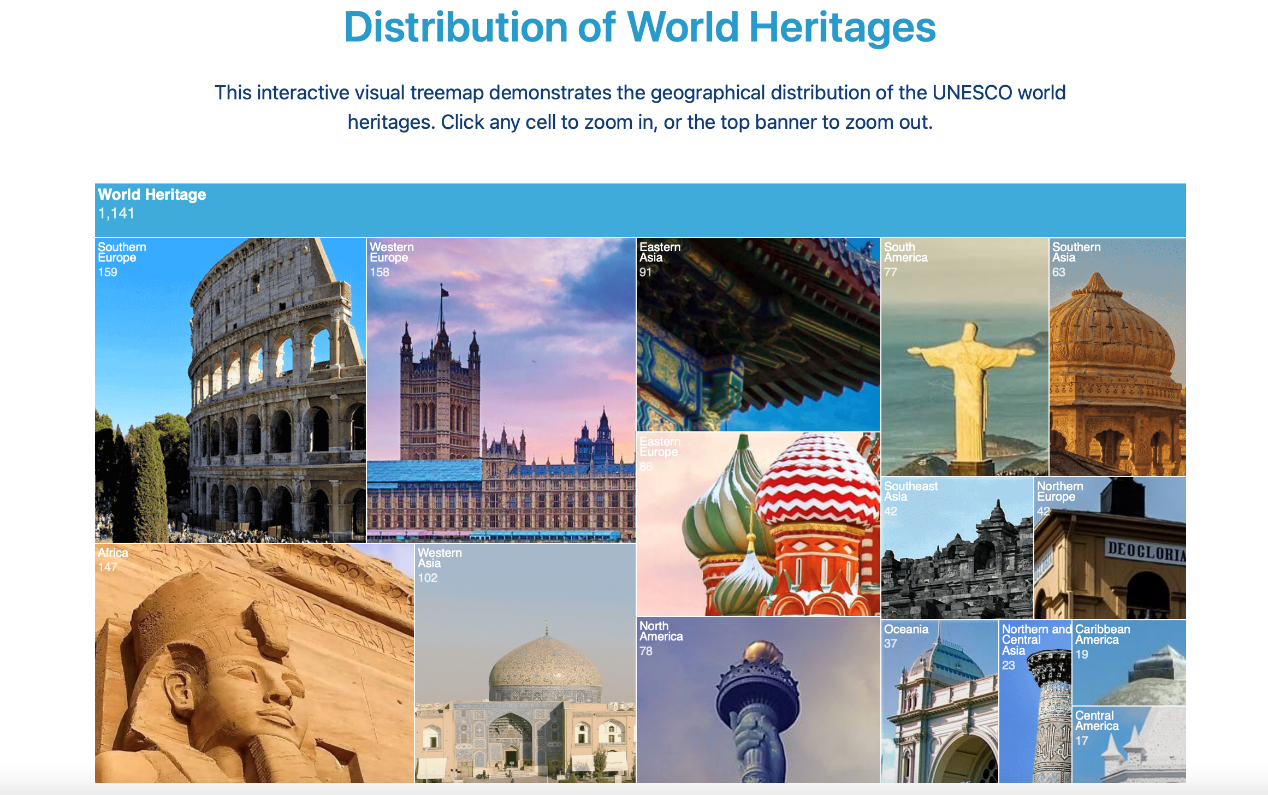
The photo shows the distribution and visualization of heritage sites displayed by the Cultural Interactions Engine. (Provided by the Center for Long-term Artificial Intelligence)
Does the Summer Palace Have "Global Cousins"?
The Summer Palace, a UNESCO World Heritage site, stands as the pinnacle of Chinese classical garden art. As we marvel at its rich cultural value, a question arises: Do other cultural sites around the world, in civilizations far from our own, share similar characteristics?
The Cultural Interactions Engine finds six cultural sites that bear the closest resemblance to the Summer Palace, including the Chengde Mountain Resort, the Shenyang Palace Museum, the Changdeokgung Palace of the Republic of Korea, and the Temple of Heaven. Interestingly, the engine also identifies two cultural sites outside East Asia: the Golestan Palace in Tehran, Iran, and Schönbrunn Palace in Vienna, Austria. Their similarities were found after automated relevance calculations performed by AI algorithms.
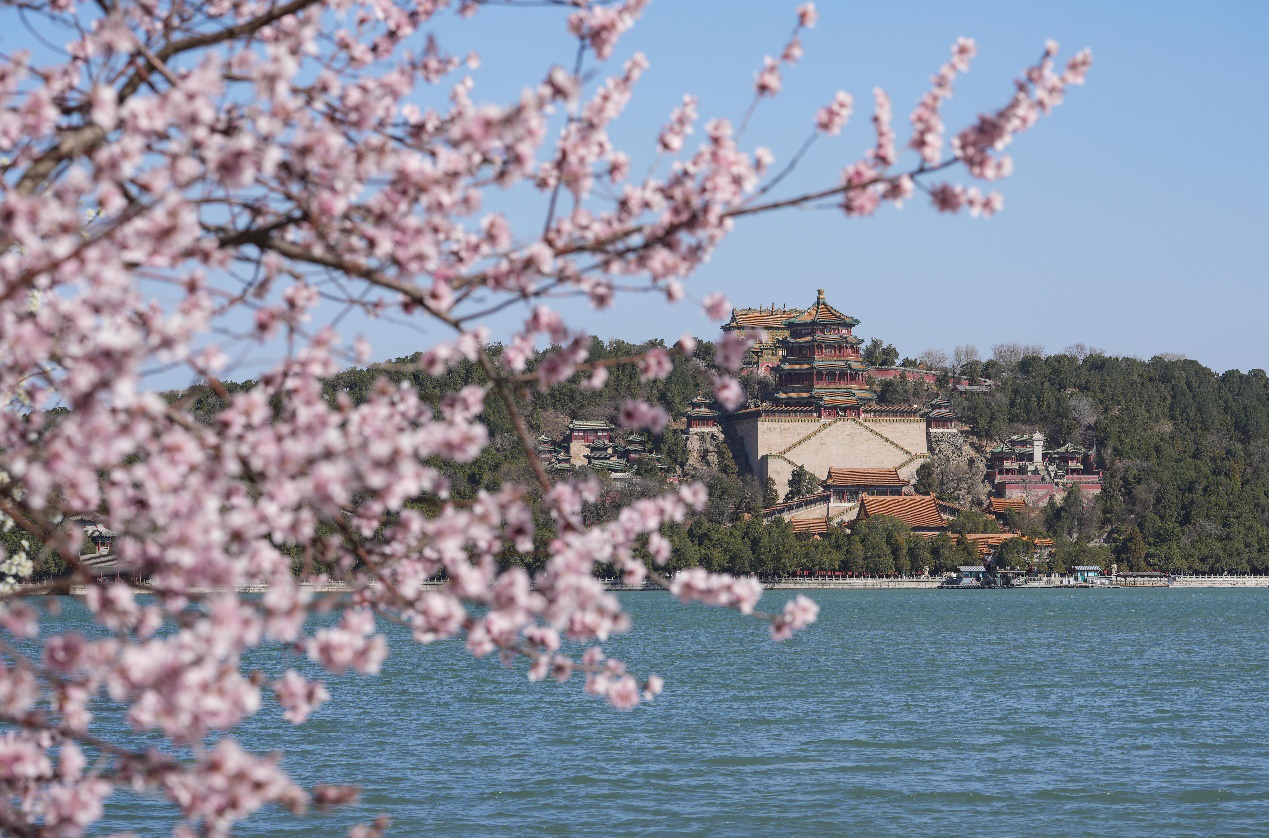
The photo shows a spring view of the Summer Palace. (Provided by Xinhua News Agency)
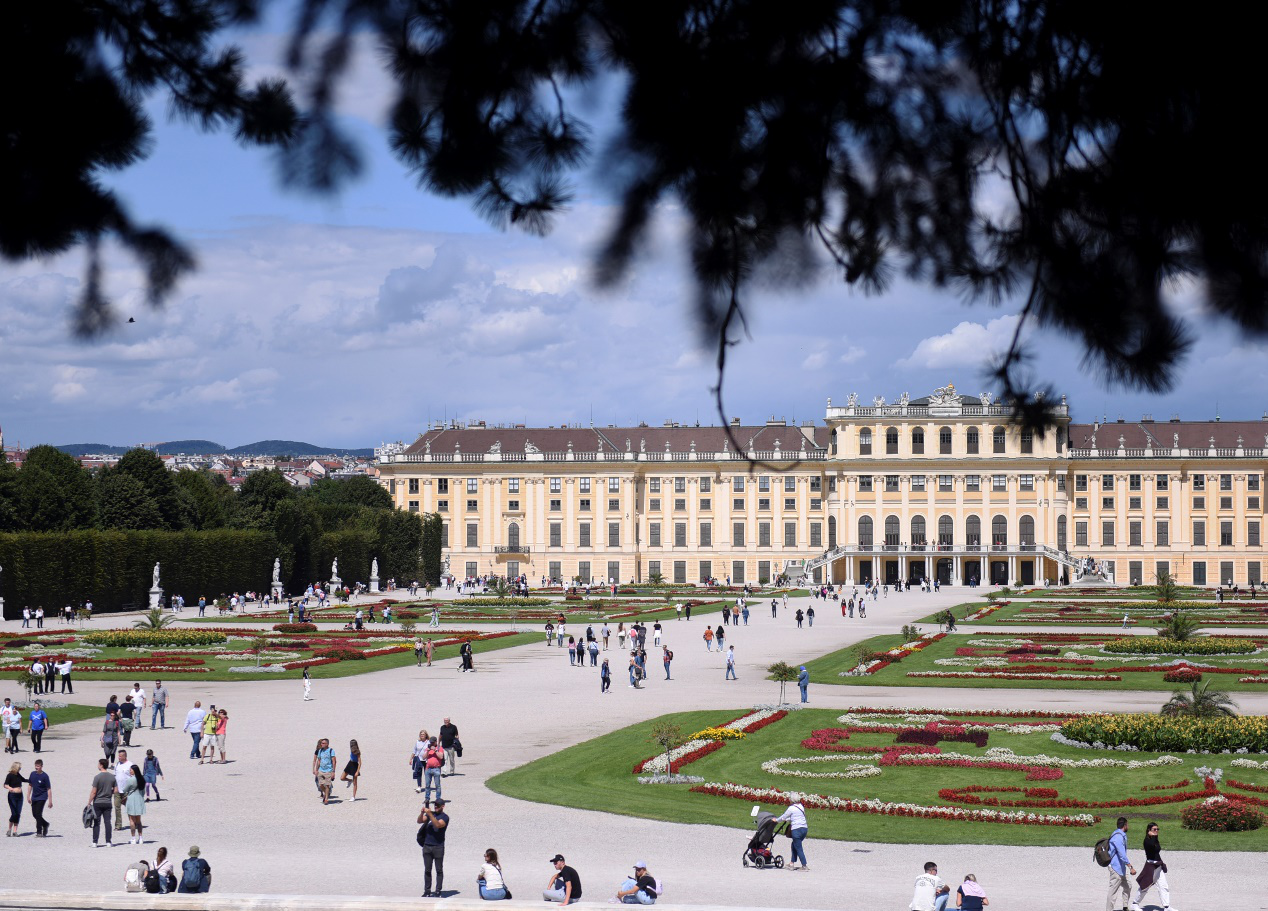
The photo taken on August 8, 2023 shows the Schönbrunn Palace in Vienna, Austria. (Provided by Xinhua News Agency)
Despite the vast geographical distances between the Summer Palace, the Golestan Palace and the Schönbrunn Palace, the engine's analysis revealed a remarkable degree of connectedness. All three sites played significant roles in their respective political landscapes, boast profound cultural legacies, and feature palaces surrounded by gardens. However, they also exhibit distinct decorative styles, employing locally sourced building materials. The Golestan Palace showcases Persian architecture and tilework, while the Schönbrunn Palace exudes Baroque grandeur with its palace and royal gardens.
For another example, Sulphur Springs, the Frontiers of the Roman Empire and the Great Wall, though located on different continents, all served as historical border fortifications, playing crucial roles in preserving cultural identities and diversity. Similarly, the Sydney Opera House and the Völklingen Ironworks are both constructed during the modern era and use concrete and steel as their primary building materials. Despite their contrasting design styles and architectural philosophies, they embody the shared characteristics of modern architecture and serve as functional artistic landmarks.
Since its launch, the engine has attracted users from 84 countries across five continents. A senior UNESCO official has expressed strong recognition for the platform: "This platform utilizes AI technology to explore and reveal connections between different cultural heritage sites, showcasing the commonalities and diversity of global civilizations. By intelligently analyzing and comparing cultural heritage sites worldwide, we can gain a deeper understanding of the richness of human civilization and promote mutual understanding and respect among different cultures. We will fully support and promote the development of this project."
The Cultural Interactions Engine not only offers new perspectives and methods for global cultural heritage protection and preservation, but also serves as a bridge for cross-cultural exchange and understanding. "Through this platform, I can participate more actively in cultural protection and inheritance endeavors, contributing my own efforts to promoting global cultural diversity and harmonious coexistence," said the Pakistani exchange student. (Yu Rui)

The photo shows an international user of the Cultural Interactions Engine. (Provided by the Center for Long-term Artificial Intelligence)




 A single purchase
A single purchase








